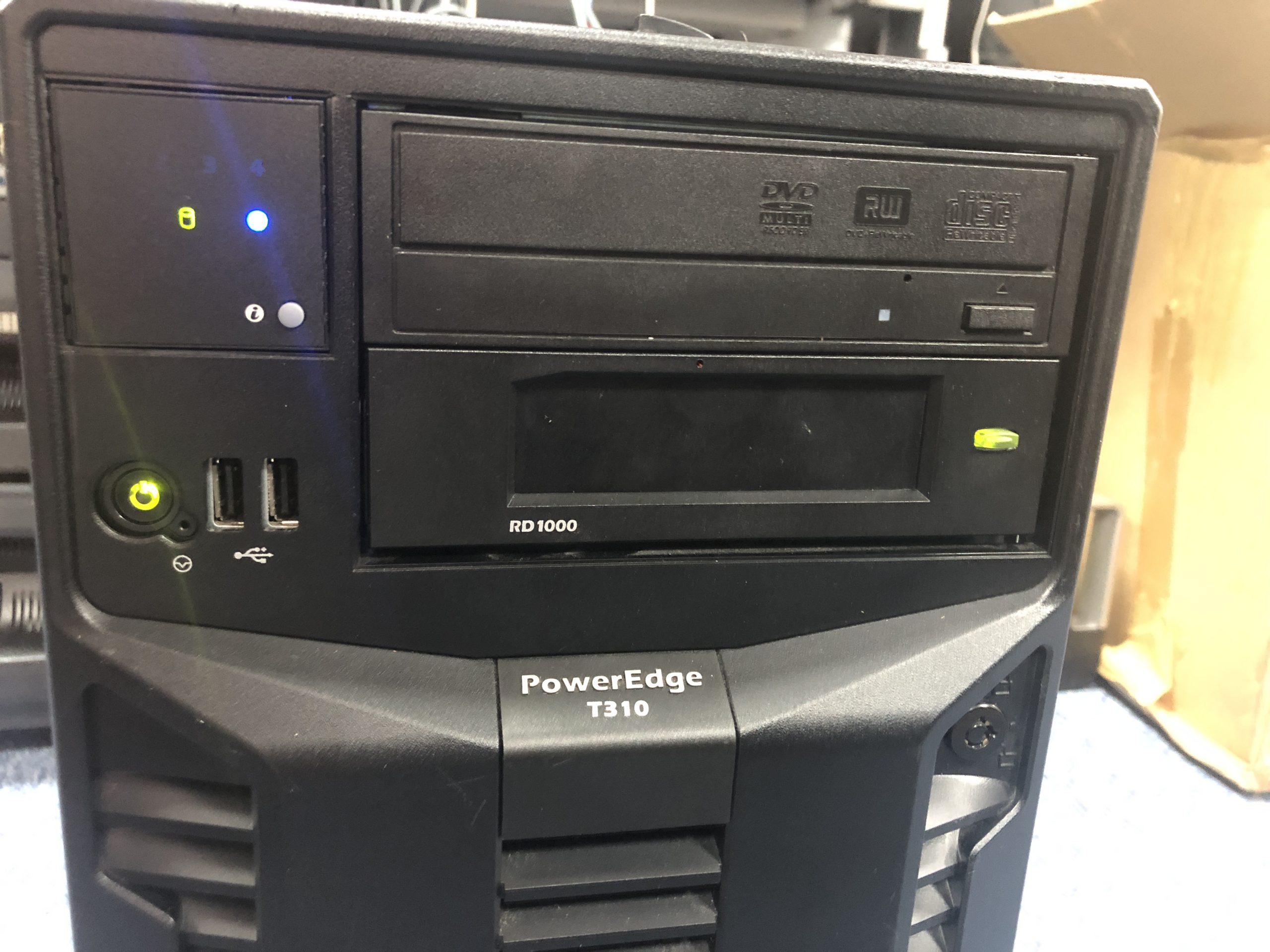Understanding and Resolving BSOD Memory_Management Errors
Blue Screen of Death (BSOD) errors can be daunting for many computer users. One such common error is the “Memory_Management” error, often signaling underlying system issues. Unlike hardware problems, which can be straightforward to identify, software-related issues sometimes require a more nuanced approach. This blog post delves into the specifics of the Memory_Management BSOD error, its causes, diagnostics, and potential resolutions.
What is a BSOD Memory_Management Error?
The BSOD Memory_Management error specifically relates to the management and allocation of memory within a computer system. When Windows detects an issue with memory management, it halts operations and displays a blue screen with an error message. This safeguard is designed to prevent data corruption and persist before any vital information is lost or more significant system issues arise.
Potential Causes
The Memory_Management error can stem from several sources:
– Faulty RAM: Although less common, physical memory issues can trigger this error.
– Driver Conflicts or Corruptions: Conflicts between updated drivers and existing software are a frequent cause.
– Software Issues: Some software may not efficiently manage memory.
– Corrupted System Files: Essential files might have become damaged or missing.
– Overheating or Hardware Failures: Although primarily a software issue, hardware failures can be a factor.
Efficient Diagnostics of Memory_Management Errors
Diagnosing which specific issue is causing the Memory_Management error can be challenging. However, some systematic steps can help isolate the problem:
1. Running Windows Memory Diagnostics
It’s wise to start with a simple check using Windows Memory Diagnostics:
– Open Windows Search and type “Windows Memory Diagnostic.”
– Select “Restart now and check for problems.”
– Your computer will reboot and run a memory test.
A memory diagnostic should rule out any hardware-related memory issues.
2. Utilizing MemTest86
MemTest86 is a more in-depth tool for diagnosing memory issues. To use it:
– Download MemTest86 from its official site.
– Create a bootable USB drive with the tool.
– Boot your computer from the USB.
– Let the test run; it will take several hours.
3. Analyzing the DMP Files
DMP (dump) files contain critical information about what happened during the BSOD. Here’s how to analyze them:
– Download tools like WinDbg or BlueScreenView.
– Install and open the tool, then load the DMP files located in the “minidump” folder (usually found in C:\Windows\Minidump).
– Look for lines that note the filename or drivers implicated in the crash.
Analyzing these files often points to the offending driver or software causing conflicts.
Resolving Memory_Management Errors
Once diagnostics have been completed, resolving the issue usually involves a few targeted actions:
1. Revert Recent Driver Updates
Given the original suspicion that a recent driver update could be the culprit, reverting to the previous version may resolve the error:
– Open Device Manager by pressing Windows + X and selecting it from the list.
– Right-click the suspect device with recent driver updates and select “Properties.”
– Go to the “Driver” tab and select “Roll Back Driver.”
If driver rollback resolves the issue, ensure that future updates for this driver are approached with caution or seek alternative driver sources if available.
2. Update or Reinstall Software
Ensure that all software, particularly those that load during startup, are updated to the latest versions:
– Open Control Panel and go to “Programs” to view installed software.
– Check the manufacturer’s website for newer versions and install them as needed.
– Consider temporarily uninstalling non-critical programs to see if the problem resolves.
3. Check for Windows Updates
Sometimes, missing critical Windows updates can create software conflicts:
– Navigate to “Settings” > “Update & Security” > “Windows Update.”
– Check for updates and ensure all recommended updates are installed.
4. Perform a System File Check
Corrupted system files might be the root cause:
– Open Command Prompt with administrative privileges.
– Run the command sfc /scannow.
– Let the system file check complete and fix any detected issues.
5. Examine System Temperature and Health
It’s worth verifying that the system isn’t overheating, which can indirectly cause software malfunctions:
– Monitor temperatures using software like HWMonitor.
– Clean any dust from system fans or consider replacing thermal paste if necessary.
When to Consider Professional Help
If all else fails, and the Memory_Management error persists, seeking professional technical support is advisable. A technician can provide more detailed diagnostics, particularly if there might be more elusive hardware issues at play.
Preventing Future BSODs
Prevention is often preferable to resolution. Consistently updating software, regular maintenance, and being cautious with experimental driver or software updates can reduce the likelihood of encountering Memory_Management and other BSOD errors.
Conclusion
While BSOD Memory_Management errors can initially seem insurmountable, they are usually resolvable with careful diagnostic procedures and systematic solutions. By understanding the potential causes, utilizing comprehensive diagnostic tools, and performing regular system updates and maintenance, most users can handle these errors effectively, restoring their system to proper functionality.
Share this content:



Response to BSOD Memory_Management Errors
Thank you for the informative post on BSOD Memory_Management errors. I’d like to add a few extra points that might help users further troubleshoot and resolve this frustrating issue.
Hardware Checks
In addition to running memory diagnostics, it’s crucial to perform a few hardware checks. Ensure all RAM sticks are properly seated and consider testing each stick individually, as this can sometimes pinpoint a faulty module.
Driver Rollback and Cleanup
When reverting drivers, remember to use official manufacturer drivers rather than Windows’ generic versions, which can often lead to stability issues. Furthermore, using a utility like
Display Driver Uninstaller (DDU)in safe mode can help ensure that all remnants of problematic drivers are removed before reinstallation.Event Viewer Analysis
Additionally, analyzing the Windows Event Viewer can provide context around when the BSOD occurred. Check for critical events that correlate to the time of the crash under “Windows Logs” > “System.” Look specifically for entries marked with errors or warnings.
System Restore
If the problem began after a specific update or software installation, utilize System Restore
Thank you for sharing this detailed overview of BSOD Memory_Management errors. If you’re experiencing this issue, I recommend starting with the basic diagnostics like running Windows Memory Diagnostics or MemTest86 to rule out RAM problems. Additionally, analyzing minidump files with tools like WinDbg or BlueScreenView can help identify faulty drivers or conflicting software. Remember to check for Windows updates and recent driver changes that might be causing instability.
If hardware tests come back clean, performing system file checks with
sfc /scannowand ensuring your system isn’t overheating are good follow-up steps. Should these measures not resolve the issue, consider reverting recent driver updates or reinstalling problematic software. If the problem persists despite these efforts, seeking professional assistance can help diagnose underlying hardware faults or complex software conflicts effectively.Maintaining updated drivers, regular system cleaning, and cautious updates can prevent future BSODs. Feel free to share specific error codes or dump files if you need more targeted assistance. We’re here to help you get your system stable and secure!